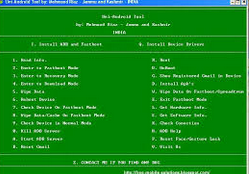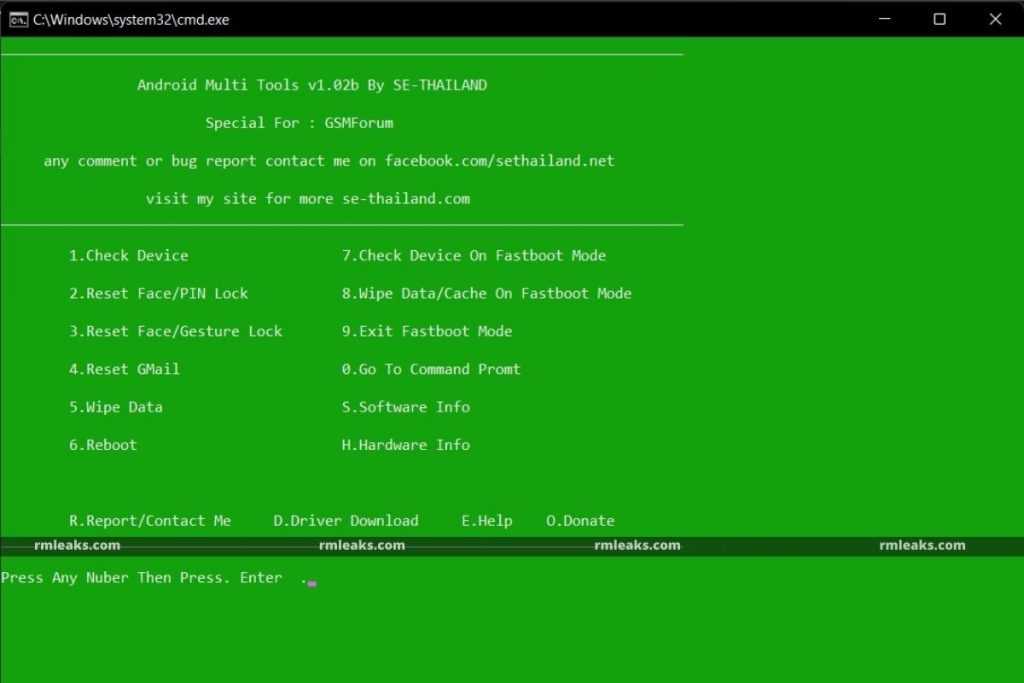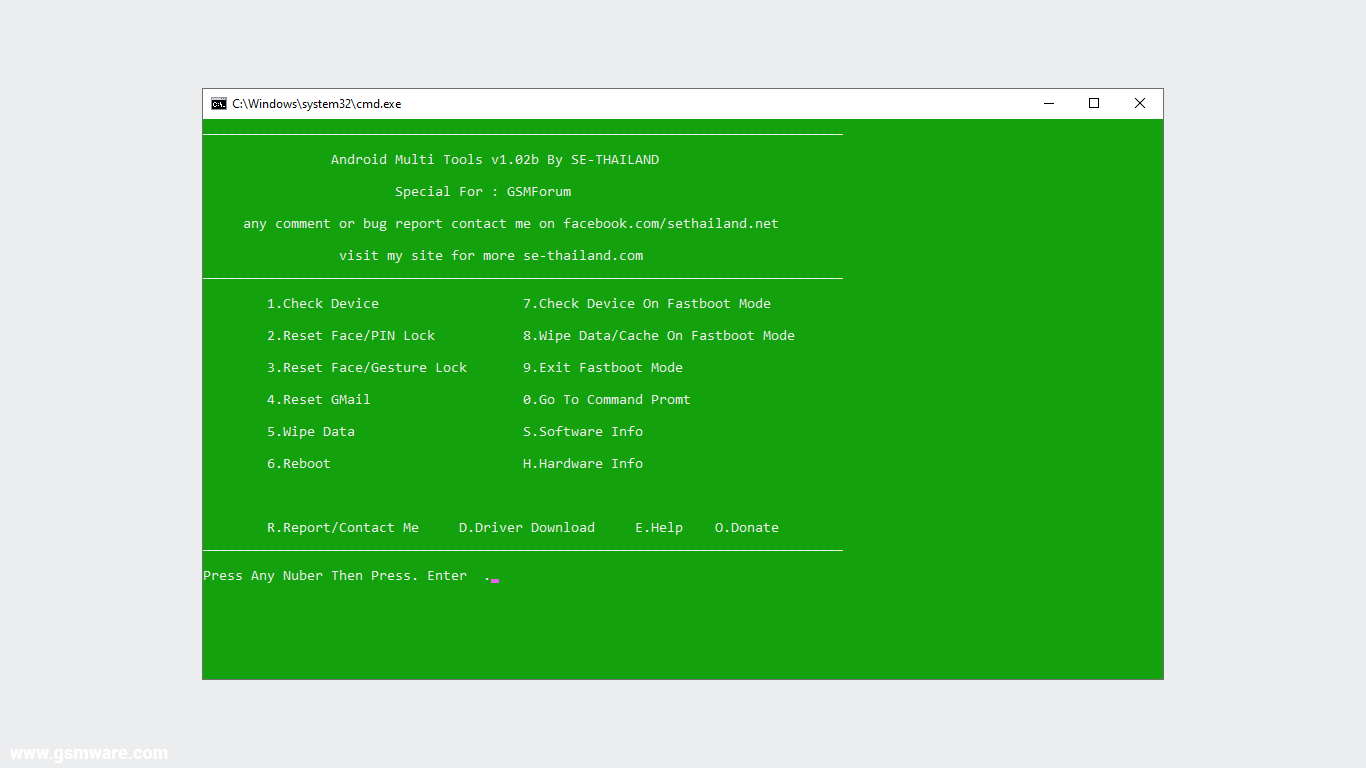

- #SET UP ANDROID MULTI TOOL INSTALL#
- #SET UP ANDROID MULTI TOOL UPDATE#
- #SET UP ANDROID MULTI TOOL FOR ANDROID#
- #SET UP ANDROID MULTI TOOL SOFTWARE#
- #SET UP ANDROID MULTI TOOL WINDOWS#
Selecting a target API for the Android SDKĪfter you select an option other than the default, Unity prompts you to update the Android SDK API. You can find the Target API Level option in the Other Settings > Identification section. If you need to use a more recent version, you can change the Target API from the Target API Level field in the Player Settings window (menu: Edit > Project Settings > Player, then select the Android platform). Unity Hub installs the latest version of the Android SDK Target API required by Google Play. See the System requirements page for a complete list of requirements.
#SET UP ANDROID MULTI TOOL FOR ANDROID#
To do this, go to Preferences > External tools and enter the directory paths in the SDK and NDK fields: Preferences window showing external tools settings for Android If you have multiple versions of Unity with the same required dependencies (be sure to check System requirements for the latest) and you want to avoid duplicating the installation of Android SDK & NDK Tools and OpenJDK, you can specify a shared location in the Unity Preferences window. Unity installs Android SDK & NDK Tools and OpenJDK respectively in the SDK, NDK and OpenJDK folders under /Unity/Hub/Editor//Editor/Data/PlaybackEngines/AndroidPlayer/.

#SET UP ANDROID MULTI TOOL INSTALL#
Unity recommends that you use the Unity Hub to install Android SDK & NDK tools, to ensure that you receive the correct versions and configuration. Customizing the Android SDK & NDK Tools and OpenJDK installation For more information on connecting your Android device to the SDK, refer to the Run Your App section of the Android Developer documentation.
#SET UP ANDROID MULTI TOOL WINDOWS#
The setup process differs for Windows and macOS and is explained in detail on the Android developer website. See the manufacturer website for your device for additional information.

If you are developing on a Windows computer, you might need to install a device-specific USB driver. Android now enters debug mode when it is connected to a computer via USB.Ĭonnect your device to your computer using a USB cable. Go to Settings > Developer options (or, if this does not work, on some devices the path is Settings > System > Developer options), and check the USB debugging checkbox. Note: On Android versions prior to 4.2 (Jelly Bean), the Developer options are enabled by default. On the seventh tap, Developer options are unlocked. A pop-up notification saying “You are now X steps away from being a developer” appears, with “X” being a number that counts down with every additional tap. For specific information on your device and Android version, refer to your hardware manufacturer.Īfter you navigate to the build number using the instructions above, tap on the build number seven times. The location of the build number varies between devices for stock Android, it’s usually Settings > About phone > Build number. To do this, find the build number in your device’s Settings menu. To enable USB debugging, you must enable Developer options on your device. If you are using a 2018 version of Unity, see the Unity 2018.4 documentation for information on manually installing these dependencies.

By default, Unity installs a Java Development Kit based on OpenJDK.
#SET UP ANDROID MULTI TOOL SOFTWARE#
You also need to install the Android Software Development Kit (SDK) and the Native Development Kit (NDK) to build and run any code on your Android device. To build and run for Android, you must install the Unity Android Build Support platform module.


 0 kommentar(er)
0 kommentar(er)
